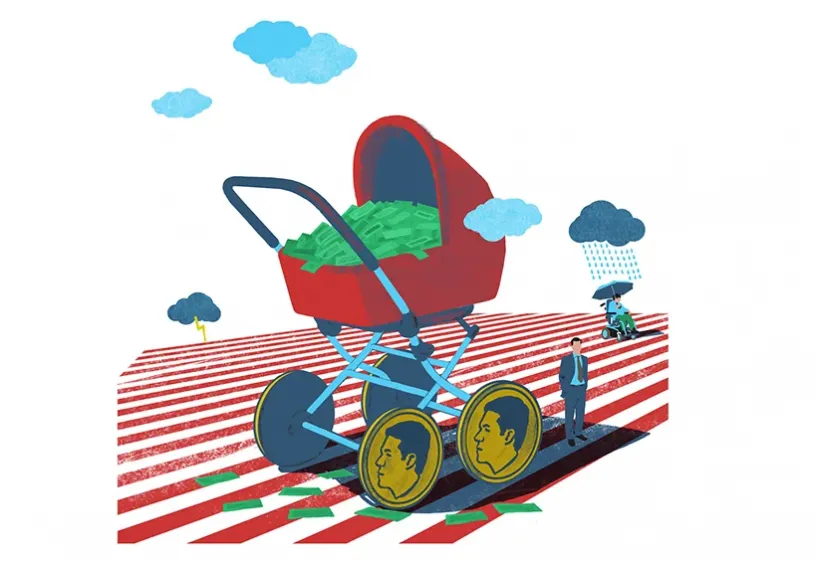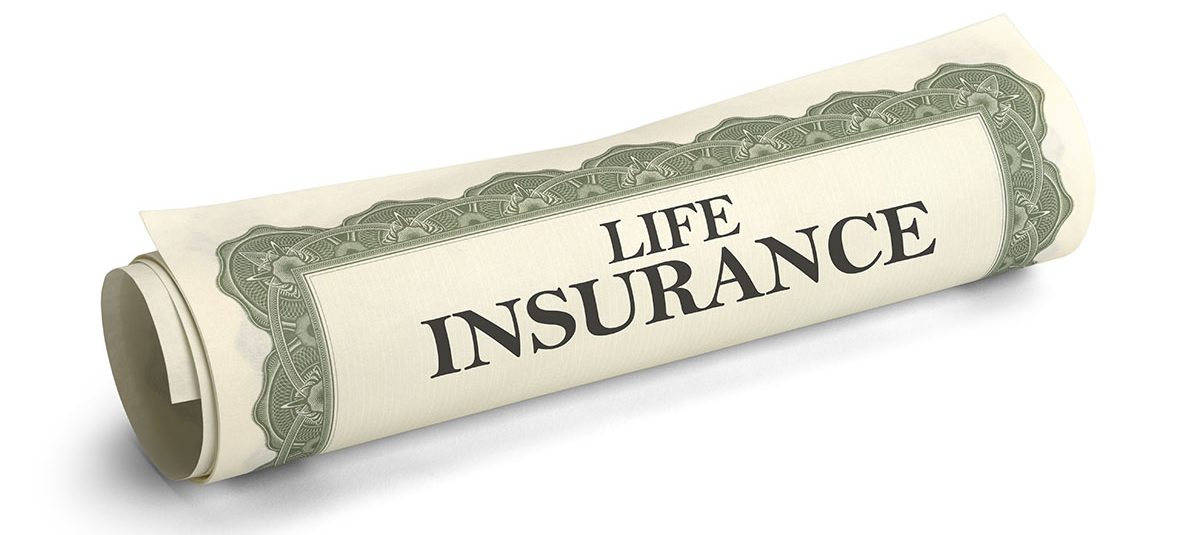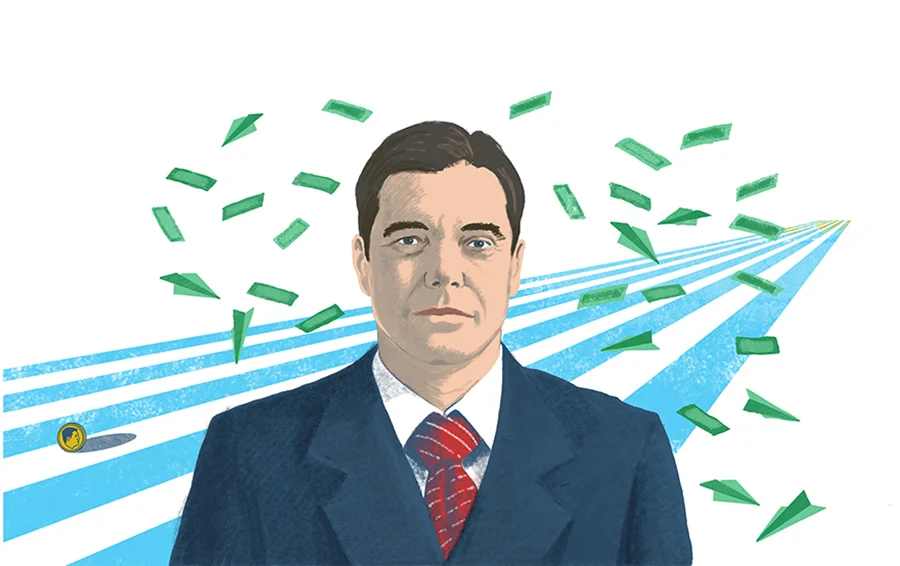The story of the number 2 billionaire in Forbes’ ranking, told in pictures, numbers, facts and charts
Pioneer means first. For Russian Forbes, a pioneer was the owner of Severstal, Alexei Mordashov #5 – it was his picture that was on the cover of the first issue of the magazine, which came out in April 2004. The article about the steel magnate was written by Paul Khlebnikov, the magazine’s editor-in-chief. Mordashov was ranked ninth in Forbes’ Golden 100 that year, and has never come in first, but has been second three times since then. This year Forbes estimated the condition of Mordashov at $17.5 billion. The businessman was the first in the ranking of “metallurgists” and second in the overall list. Recently, in a conversation with Forbes, one of the Russian billionaires also called Mordashov a pioneer. After all, Mordashov is “always ready” – for any demands and wishes of the authorities.
Executive
As a child, Lesha Mordashov was a proper and responsible boy. He did not shoot with slingshots and did not fight at school. The only favorite toy was a gray teddy bear, his hobby was collecting badges. He was often ill, but the teachers of the Cherepovets school where he studied always set Alexei as an example, his classmates in retaliation nicknamed the future billionaire Template.
Mordashov’s parents worked at the Cherepovets Iron and Steel Works and he did not choose his profession very originally – he enrolled at the Leningrad Institute of Engineering and Economics and after graduation in 1988 he returned to Cherepovets and started working at the works as a senior economist of the workshop.
The energetic and efficient young man was noticed and fell in love with by Yuri Lipukhin, the plant’s general director. In 1992, he appointed the 27-year-old Mordashov to the position of Director of Finance and Economics of the whole enterprise and in 1993 he was put in charge of privatization. Within three years, the company Severstal-Invest, set up by him, had bought up 43% of the Works’ shares with the money received from the sale of its products. What to do with them? Mordashov, who trained in Austria, understood this better than the “red director” Lipukhin who, incidentally, became his godfather in 1997. His godson first took over the position of general director of the combine, moving Lipukhin to the position of chairman of the board, and in the spring of 1999, he secretly bought another 17% of the enterprise. “I went up to him and said: Alyosha, this is not the way to act,” Lipukhin told Forbes. – His answer was very short: it is not written anywhere.

Enterprising
The 1998 crisis brought down the Russian economy, but the metallurgists were quick to pick up the pace. The Cherepovets plant’s revenues were in foreign currency and its costs were in rubles. The combine made $6 mln net profit in 1997 and $453 mln in 2000. The big money splintered his godson and his godfather completely. Lipukhin demanded to invest his profits into production development and Mordashov decided to create a diversified holding company and started buying assets, plywood mills, shares in ports, coal mines, the Kolomensky Locomotive Plant and the UAZ Plant. In early 2001, Mordashov asked Lipukhin to sell him his shares in Severstal. Lipukhin agreed, but later confessed that he sold his shares for six times less than he would have bought them on the market.
The former general director of the Soviet steel giant took up real estate in Sochi, then moved with his family to Canada and in April 2011 died of a heart attack at the age of 75. Mordashov admitted that the privatization of Severstal, although not entirely fair, was expedient, because the company ended up with an “honest owner.” No sooner had he completed the registration of his controlling stake, than he received an unexpected blow. In August 2001, 32% of the factory shares owned by Mordashov were seized. The suit was filed by Elena Mordashova, whom he divorced in 1996.
Caring
Yelena, his ex-wife, demanded to transfer a quarter of the businessman’s income to their son Ilya and wanted to collect about 600 million rubles in alimony unpaid for a year and a half. Mordashov, according to her, paid her son only 18,000 rubles a month.
The dispute between the “Severstal” owner and his ex-wife lasted more than a year and ended in October of 2002 when the court decided that Elena’s claims against her ex-husband were unfounded. She never again appeared in the information field. Mordashov acquired the attributes of a wealthy man slowly and did not advertise his wealth. He got his first foreign car, an Audi, only in 1998, his own house in 2000, and his own security guards in 2001.
Alexei Mordashov’s second wife was also named Elena – she worked at the plant as an accountant, in June 1997 they got married, in 1999 the couple had a son, Kirill. “Alexei was with me during the birth, holding my hand. The next morning he gave me pearl earrings and a necklace,” Mordashov’s second wife told Profile magazine in 2001. – And a few days before 2001, I gave Alexei, as he says, the best New Year present of his life – his son Nikita. He is a very sensitive father.
Now Mordashov has a third wife, Marina. They have two daughters. The elder one, Masha, studies at the Wunderpark school opened by her mother and the five-year old Anastasia is being brought up at home together with the three-year old Daniil. A month of tuition in the first grade of the Wunderpark elementary school costs 132,500 rubles.




Leave a Reply
You must be logged in to post a comment.